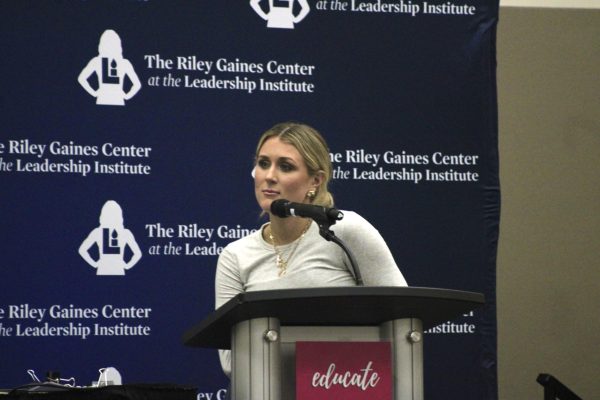Faculty research vital to Oakland community
Oakland University prides itself on having a faculty that not only excels in the class room, but one that is also dedicated to different areas of research.
Dr. Brad Roth, a professor of physics at Oakland, spoke of the importance of the research department.
“It advances our knowledge, which is important to society. That is a goal of the university,” Roth said. “And it attracts the best faculty.”
Not only are research departments valuable to the school and professors, they are also essential to graduate students, as it is a requirement for their graduation.
This research varies from biomedical studies all the way to theoretical physics. One of OU’s many researchers and professors is David Garfinkle.
Garfinkle’s current research is in the field of general relativity. His research dives into what is occurring at the point known as a “singularity” within a black hole.
Garfinkle described the science field as a place where everybody knows everybody. His involvement in the field stems from a passion that has stuck with him for years.
“Freshman year of high school we had this off-the-wall science teacher who decided to teach us about Einstein’s theory of relativity … sure enough I was hooked from there, and I thought, ‘Wow this stuff is really cool and this is what I want to study.’”
Garfinkle went on to complete his bachelor’s degree at Princeton, and his doctorate at the University of Chicago, before doing postdoctoral work at Washington University in St. Lewis, the University of Florida and the University of California Santa Barbara.
In 1991, Oakland University had a job opening in the physics department, and a rare institute for theoretical physics — which isn’t found at most institutions. Theoretical physics being a passion of his since high school, it only made sense for him to take the job.
He began his research in the 90s, working alongside former Oakland professor Beverley Berger, using computer modules to discover what was occurring within a black hole. After Berger’s departure, Garfinkle continued the research.
“I go back and forth between black holes and the big bang, those are the two main applications of general relativity,” Garfinkle said. “I want to know more about what goes on inside of black holes, in particular the things that I’ve done up to now is look at the part of the collapse nearest to the singularity.”
His longtime research is building on the discovery of Albert Einstein’s theory of relativity.
While researching the field of general relativity, Garfinkle has made advances using new technology available today.
“We have a little bit of an edge, Einstein didn’t have computers and we do,” he said. “So we can figure out stuff about Einstein’s theories that he didn’t even know by writing computer simulations and seeing what happens.”
In nearly a hundred years since Einstein published his theory of relativity, this strategy has allowed research and development to make further discoveries, and it is this world that Garfinkle jumps into when he’s not teaching physics.
His results have led to his book “Three Steps to the Universe: From the Sun to Black Holes to the Mystery of Dark Matter” published in 2008. Garfinkle also wrote a paper entitled “Charged Black Holes in String Theory,” which was an extremely successful scholarly article that generated nearly 1,000 citations for future published work.







